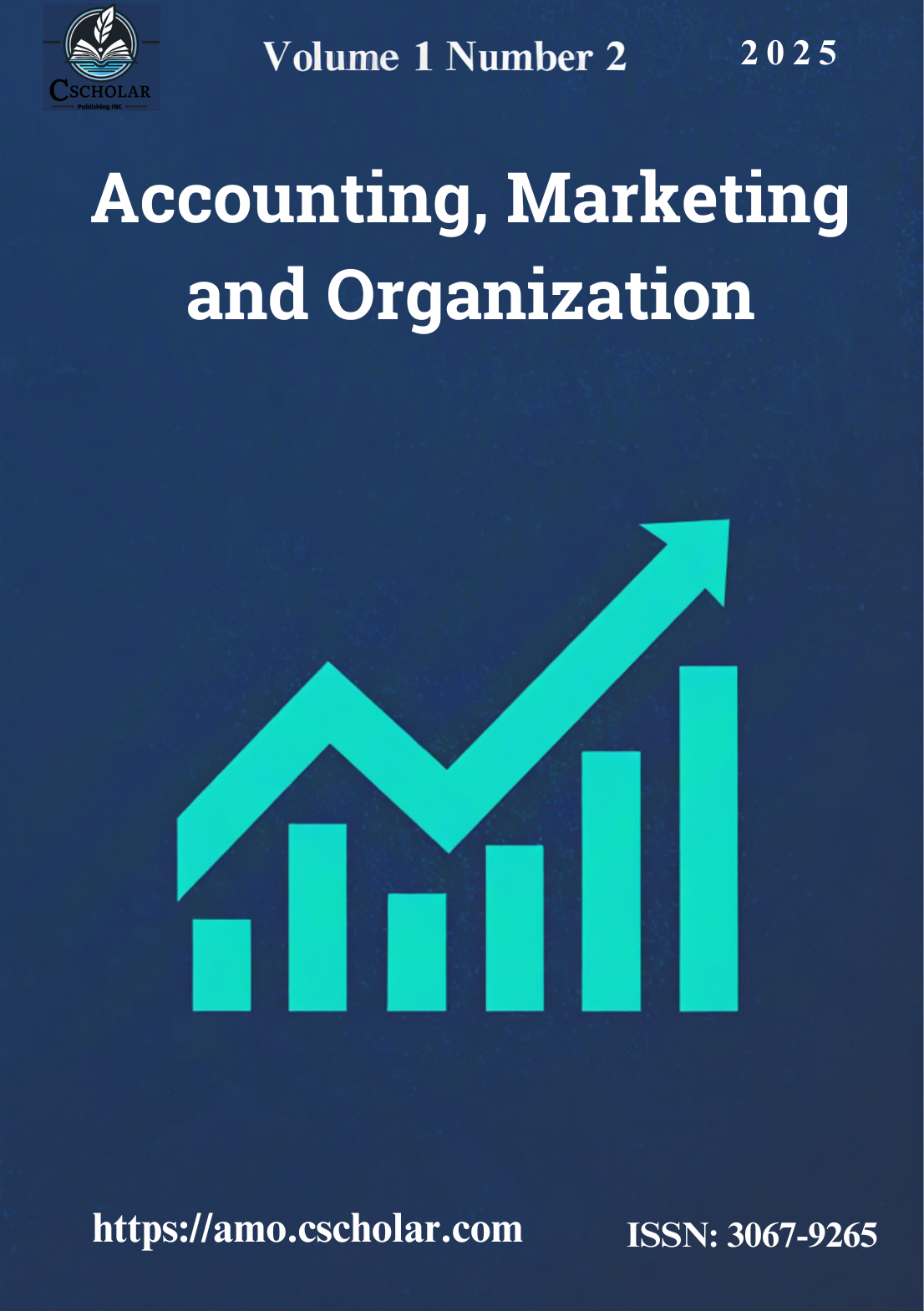Impact of Supply Chain Management Strategies on Auditors’ Risk Perception
DOI:
https://doi.org/10.71204/qf4xq745Keywords:
Supply Chain Management Strategy, Auditors’ Risk Perception, Coal-Power Integration StrategyAbstract
Against the backdrop of volatile global raw material prices and complex supply chains, enterprises optimize supply chain strategies (e.g., energy vertical integration, steel downstream collaboration) to boost resilience, and supply chain stability directly shapes auditors’ judgments on financial risks (e.g., inventory valuation), making their link a key research focus. Existing studies note supply chain optimization reduces operational risks but have gaps: they focus on generalized traits (transparency, complexity) rather than industry-specific paths (why coal-power firms prioritize integration over steel’s collaboration) and fail to clarify how strategies (cost stability) influence audit judgments. To address this, this study examines coal-power (power generation) and steel industries: coal-power integration stabilizes procurement costs—boosting generation to maximize profits when coal prices fall, mitigating surges via internal controls—reducing revenue/cost uncertainty and auditors’ risk concerns; it also compares steel’s downstream collaboration to reveal industry differences. The study contributes theoretically by clarifying industry-specific mechanisms, enriching cross-disciplinary frameworks; practically, it guides enterprises to design risk-aligned strategies and auditors to optimize industry-tailored assessments.
References
Arens A A, et al. (2019). Auditing and Assurance Services. Pearson.
Chen Xiangfeng. (2019). Supply Chain Finance and Enterprise Risk Management. Shanghai Jiao Tong University Press.
Choi J H, et al. (2019). Supply Chain Transparency and Audit Pricing. Journal of Supply Chain Management, 55(3), 5–23.
COSO. (2013). Internal Control – Integrated Framework: Framework and appendices, September 2012.
Cull, R., Xu, L. C. (2005). Institutions, ownership, and finance: the determinants of profit reinvestment among Chinese firms. Journal of Financial Economics, 77(1), 117-146.
DeAngelo L E. (1981). Auditor Size and Audit Quality. Journal of Accounting and Economics, 3(3), 183–199.
Ettredge M, et al. (2016). Supply Chain Complexity and Audit Fees. Journal of Business Logistics, 37(2), 189–206.
Fama E F, Jensen M C. (1983). Separation of Ownership and Control. Journal of Law and Economics, 26(2), 301–325.
García-López, J. S., & Yelinek, J. (2019). Emotions in storybooks: A comparison of storybooks that represent ethnic and racial groups in the United States. Psychology of Popular Media Culture, 8(3), 207-217.
Grossman S J, Hart O D. (1986). The Costs and Benefits of Ownership: A Theory of Vertical and Lateral Integration. Journal of Political Economy, 94(4), 691–719.
Hallgren, M., & Olhager, J. (2009). Lean and agile manufacturing: External and internal drivers and performance outcomes. International Journal of Operations & Production Management, 29, 976–999.
Kim, Y., & Choi, T. Y. (2018). Tie strength and value creation in the buyer-supplier context: A U-shaped relation moderated by dependence asymmetry. Journal of Management, 44, 1029–1064.
Kinney W R, et al. (2009). The Audit Risk Model: Do Auditors Use It Consistently in Planning the Audit?. Auditing: A Journal of Practice & Theory, 28(1), 37–62.
Lazzarini S G, et al. (2001). Network Governance in Competitive Industrial Clusters. Strategic Management Journal, 22(9), 795–816.
Li Hua. (2020). Research on the Impact of Digital Supply Chain Management on Corporate Performance. Management World, 189-190.
Miller D, et al. (2008). The Resource-Based View of the Firm Today. Academy of Management Journal, 51(6), 1308–1322.
Qi, Y., Zhao, X., & Sheu, C. (2011). The impact of competitive strategy and supply chain strategy on business performance: The role of environmental uncertainty. Decision Sciences, 42, 371–389.
Simunic D A. (1980). The Pricing of Audit Services: Theory and Evidence. Journal of Accounting Research, 18(1), 161–199.
Smith, J. D. (2020). The impact of climate change on biodiversity. Environmental Science Quarterly, 15(3), 45-60.
Srinivasan, M., Srivastava, P., & Iyer, K. N. S. (2020). Response strategy to environment context factors using a lean and agile approach: Implications for firm performance. European Management Journal, 38, 900–913.
Wang Jianjun. (2018). A Study on the Impact of Supply Chain Risks on Audit Opinions. Audit Research, 78–84.
Weber R, et al. (2017). Blockchain for Supply Chain Traceability: A Case Study. Information Systems Journal, 29(3), 541–567.
Williamson O E. (1975). The Economic Institutions of Capitalism. Free Press.
Zhang Qing, et al. (2022). The Impact of Digital Supply Chains on Auditors’ Risk Assessment. Journal of Management Science, 25(4), 145–158.
Downloads
Published
Issue
Section
License
Copyright (c) 2025 Ruiqiang Zhang (Author)

This work is licensed under a Creative Commons Attribution 4.0 International License.





